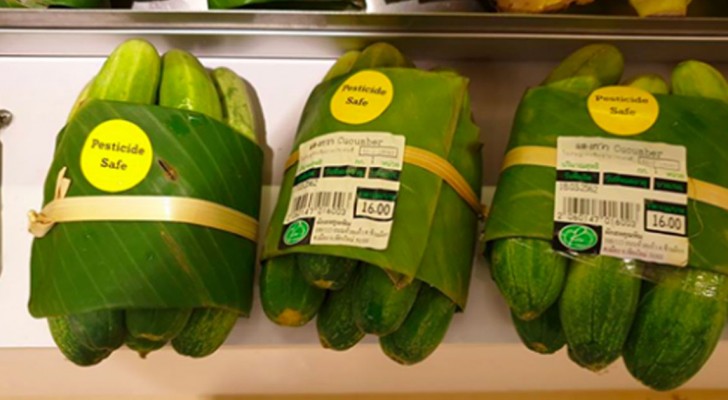A juice factory deposits tons of orange peels onto a wasteland area creating a beautiful forest

What we are about to tell you is an experiment that demonstrates how the synergy between industrial and environmental needs, after twenty years, has given unexpected results.
The project was born in 1997 when researchers from Princeton University, Daniel Janzen and Winnie Hallwachs presented themselves and their plan to the Del Oro company, a manufacturer of orange juice based in Costa Rica.
Their proposal was very tempting: If Del Oro agreed to cede to the Guanacaste Conservation Area some of its land bordering it, then they could dump tons of scraps of orange peels and pulp on those fields without paying any cost for disposal.
via princeton.edu
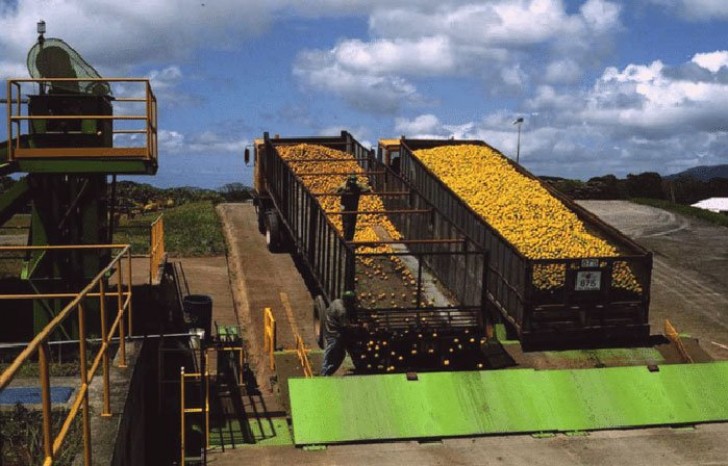
Given the enormous costs of the process for the destruction of waste, the company consented immediately and 1,000 trucks departed without hesitation to those lifeless fields, dumping 12,000 tons of organic waste from the skins and pulp of the oranges used to make orange juice.
The effect on the soil composition was almost instantaneous.
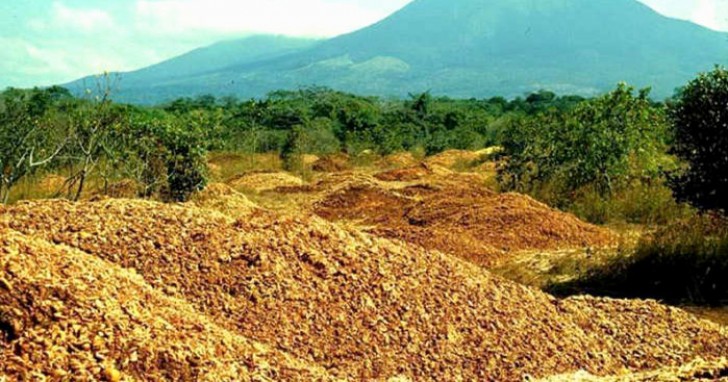
After only six months the orange peels and pulp had turned into a very compact layer of clay. This organic waste had reactivated the local fauna since its decomposition had drawn and encouraged the proliferation insects.

Unfortunately, the experiment was short lived, because another company that was operating in the same industry sued Del Oro stating that it had contaminated a natural park. Costa Rica's Supreme Court accepted the case and ruled against Del Oro, and the experiment was forcibly stopped and forgotten for the next 15-20 years until in 2013 the environmentalist Timothy Treuer decided to go to the area to assess its condition.
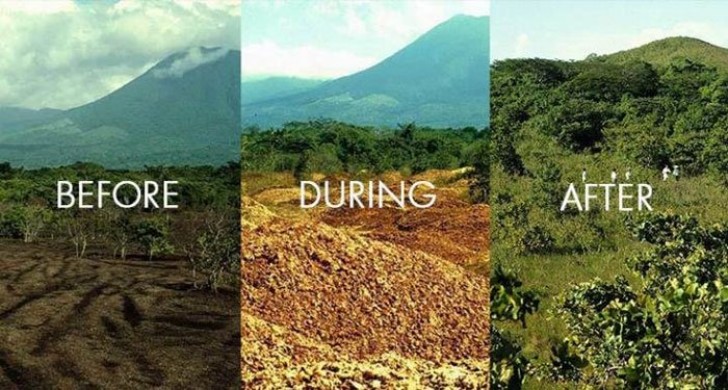
Treuer's biggest difficulty was to FIND the exact area where the orange peels had been dumped, which took two full on site expeditions to discover! As a matter of fact, the area had been totally transfigured, and the fertile soil had turned into a lush forest.
In order to understand the extent of the change, just consider that it took years to find the original wooden sign that stood in the center of the landfill, now surrounded by trees and overgrown and covered by luxuriant vegetation.

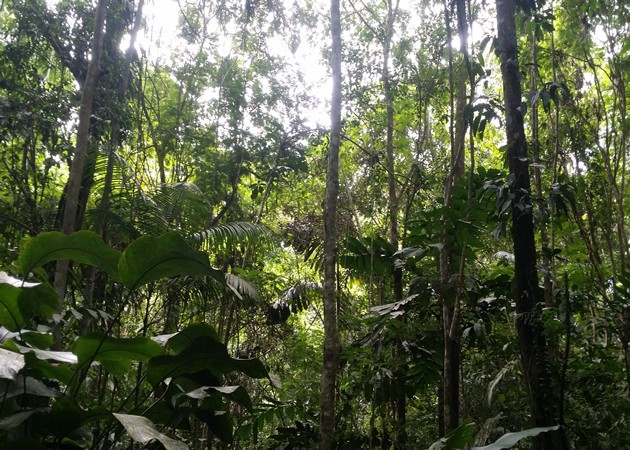
When comparing (see photo) the jungle with that found in the adjacent area, which had not been treated with organic waste, Treuer noted not only the higher growth of individual trees but also a larger and wider variety of species present.
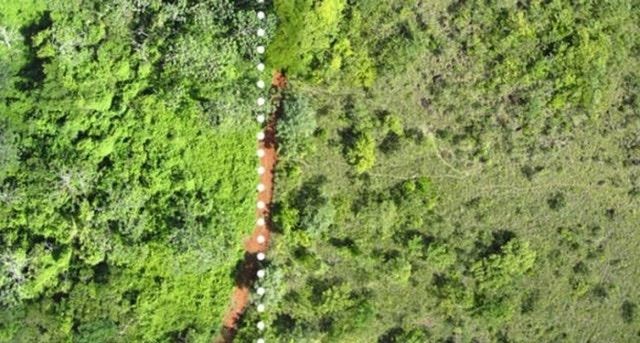
How the orange peels and pulp managed to bring about this miracle is still being studied. Experts say the organic waste had the double function of sterilizing the soil with its acidity and thereby eliminating the weeds in the fields and that of regenerating and revitalizing the exhausted soil.
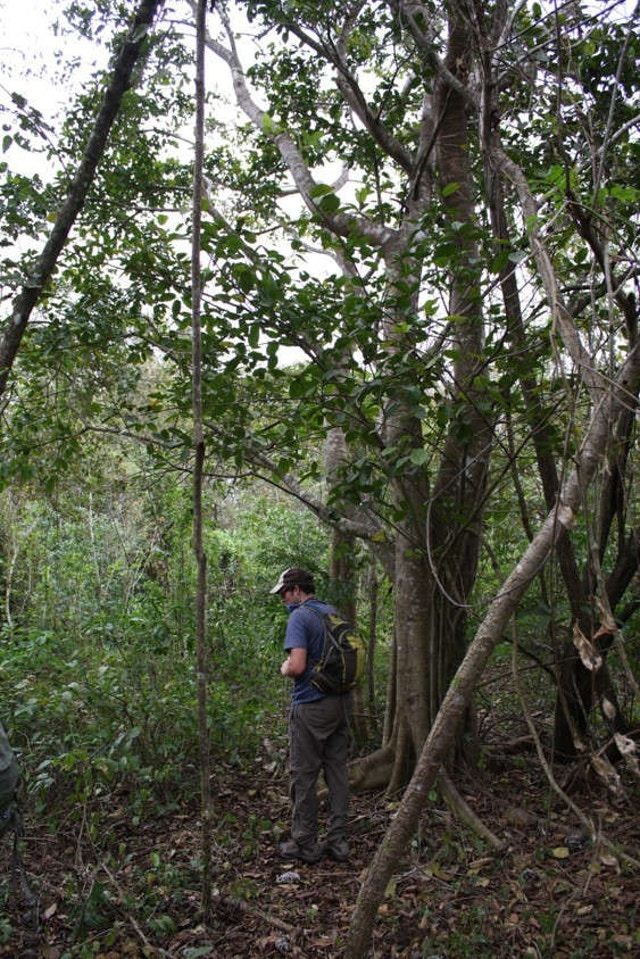
The experiment has obviously drawn the attention of many because every day we witness the paradox of having to dispose of organic waste rich in nutrients while huge areas of the Earth are being depleted because of exploitation!
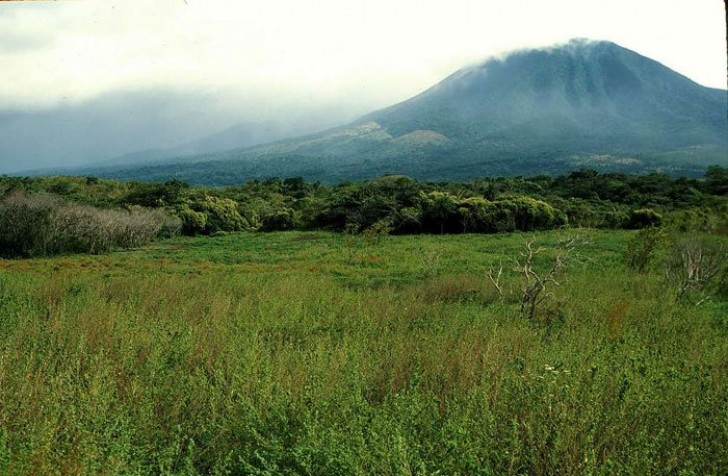
Obviously, the companies cannot and should not dump waste onto land without any controls, but why not start projects like this also in other parts of the world?
Everyone would benefit --- the companies would save on disposal costs, the natural parks or abandoned fields and pastures would be revitalized and increased, and our abused Earth could get back a small part of the valuable and vital resources that we subtract each and every day.

